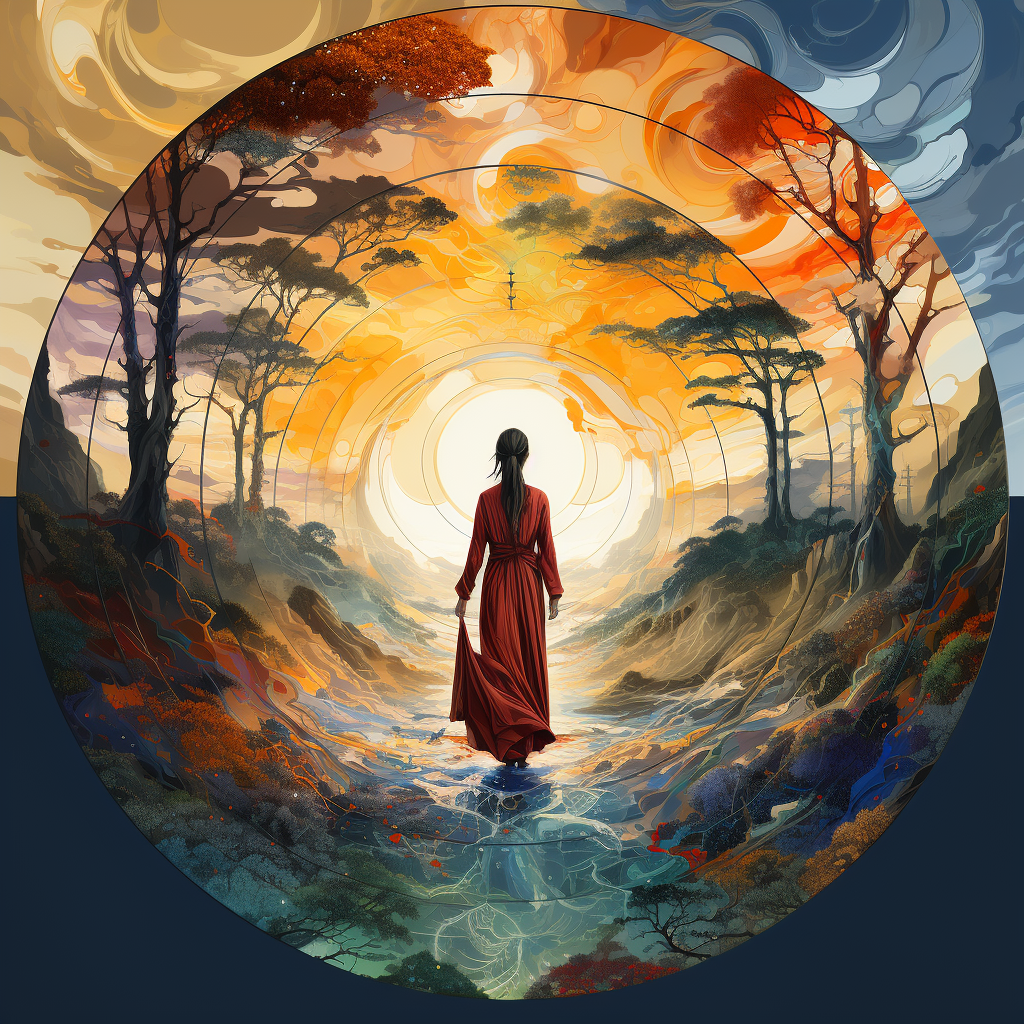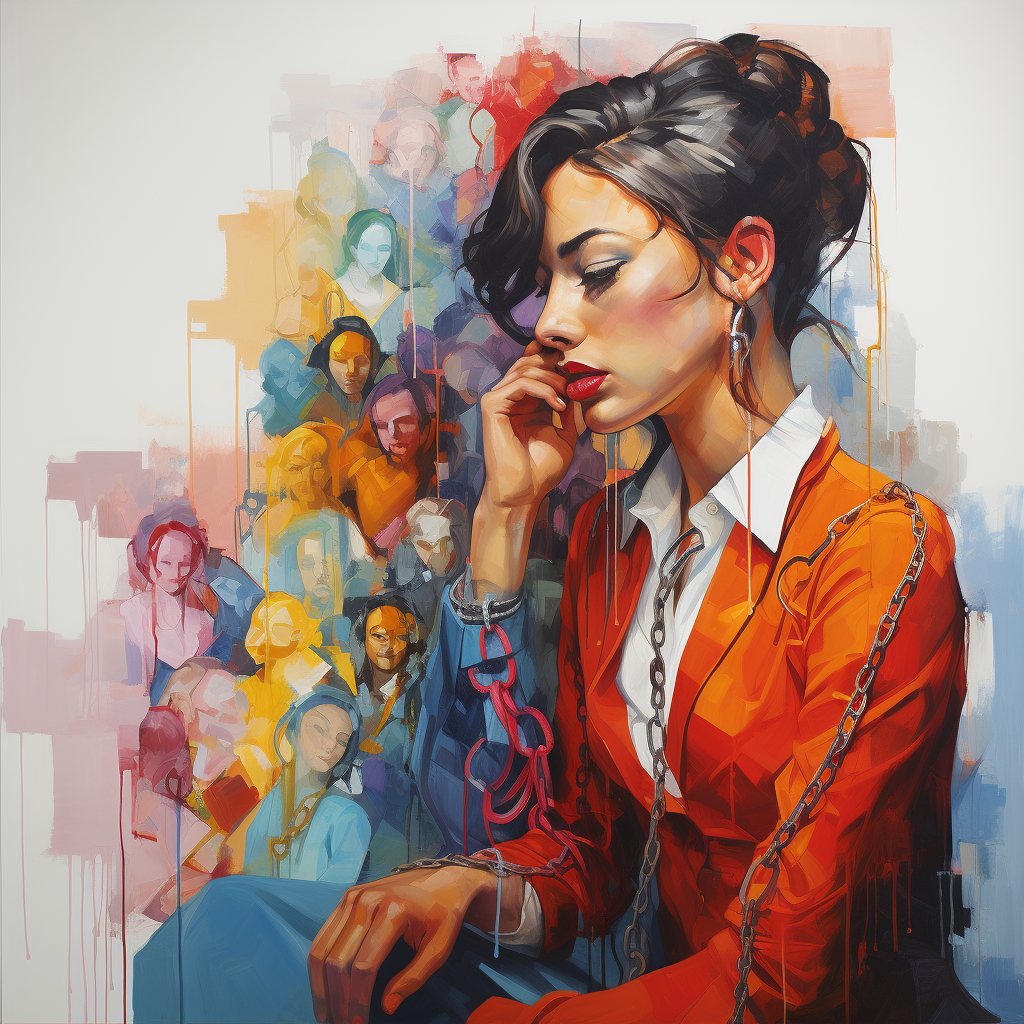Di Tran’s exploration of humility is not just a philosophical undertaking but a deeply personal journey that spans over three decades. His recently published book, “Drop the ME and focus on the OTHERS,” elucidates his insights and the profound understanding that life is multi-faceted and that each facet involves elements that are intricately connected to other people.
Early Influences
Di Tran’s mother’s words, “shut up and listen,” were more than just a stern command to a young child. They were an echo of wisdom that would take Di Tran more than 30 years to truly comprehend, internalize, and practice. These words encapsulate the idea that listening and understanding others’ perspectives is more valuable than one’s own voice.
Humility in Action
For Di Tran, the adage “actions speak louder than words” is more than a cliché; it’s a living philosophy. Through years of observing and acting, he recognized that deeds often have a more profound impact than mere words. People’s actions, including his own, showed him that meaningful change is often initiated and propagated through what we do rather than what we say.

In “Drop the ME and focus on the OTHERS,” Di Tran emphasizes that true humility is not just about self-reduction but focusing on others, understanding their needs, and acting accordingly. It’s a layer upon a layer, like a well-crafted cake, where each stratum adds depth and flavor to the entire understanding of life.
The Multi-Faceted Nature of Life
Di Tran’s writings reflect a realization that life is multi-faceted and that each facet involves other elements of life, more importantly, other people. This interconnectedness reveals that our individuality is not isolated but part of a more extensive network of relationships and interactions.
His belief that focusing on others rather than self is an essential aspect of humility, and his philosophy is rooted in recognizing the shared human experience. By concentrating on the “OTHERS,” Di Tran highlights how individuals can forge deeper connections, encourage empathy, and foster a community-driven approach to life.
Conclusion
Di Tran’s journey to understanding humility is a poignant reminder that personal growth and wisdom often come through listening, observing, and recognizing our connections to others. His book “Drop the ME and focus on the OTHERS” is a testament to his journey and a guide for those seeking to embrace a life where actions resonate, and empathy and community thrive.
His words and actions create a compelling narrative that encourages us to reflect on our own lives and how we may better connect with others. It’s an invitation to drop the self-centered view and embrace a philosophy that values the shared human experience, recognizing that in doing so, we enrich not just ourselves but the world around us.





















